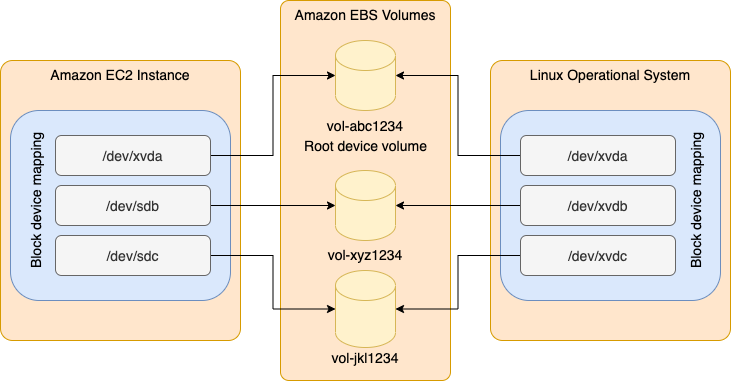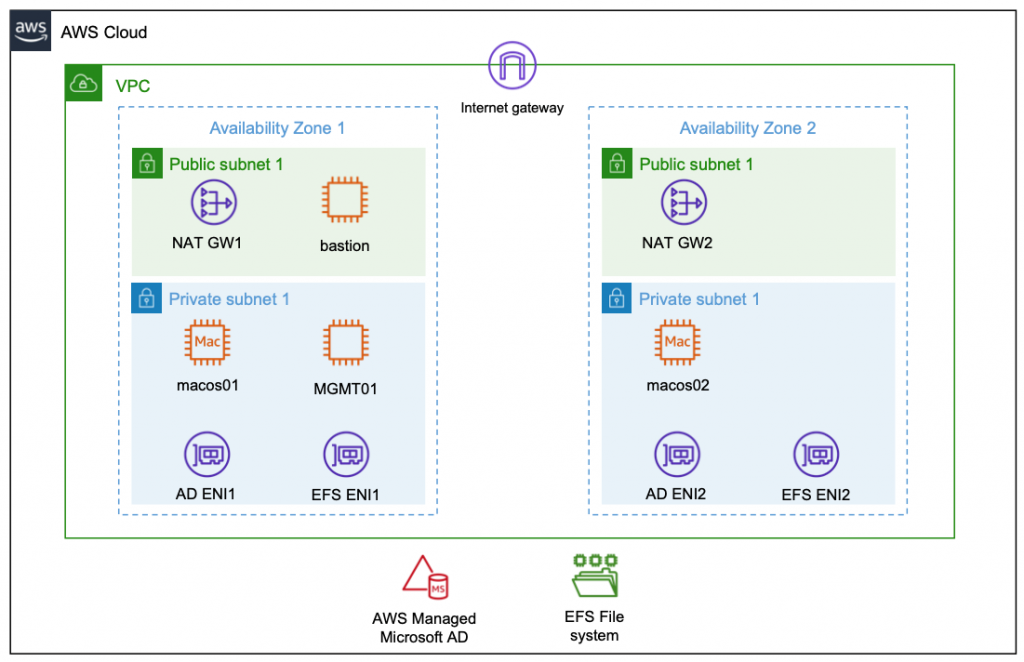AWS Compute Blog
Category: *Post Types
How to mount Linux volume and keep mount point consistency
This post is written by: Leonardo Azize Martins, Cloud Infrastructure Architect, Professional Services Customers often use Amazon Elastic Compute Cloud (Amazon EC2) Linux based instances with many Amazon Elastic Block Store (Amazon EBS) volumes attached. In this case, device name can vary depending on some facts, such as virtualization type, instance type, or operating system. […]
Expanding Your EC2 Possibilities By Utilizing the CPU Launch Options
This post is written by: Matthew Brunton, Senior Solutions Architect – WWPS To ensure our customers have the appropriate machines available for their workloads, AWS offers a wide range of hardware options that include hundreds of types of instances that help customers achieve the best price performance for their workloads. In some specialized circumstances, our […]
Migrating AWS Lambda functions to Arm-based AWS Graviton2 processors
AWS Lambda now allows you to configure new and existing functions to run on Arm-based AWS Graviton2 processors in addition to x86-based functions. Using this processor architecture option allows you to get up to 34% better price performance. This blog post highlights some considerations when moving from x86 to arm64 as the migration process is […]
Deep dive into NitroTPM and UEFI Secure Boot support in Amazon EC2
Contributed by Samartha Chandrashekar, Principal Product Manager Amazon EC2 At re:Invent 2021, we announced NitroTPM, a Trusted Platform Module (TPM) 2.0 and Unified Extensible Firmware Interface (UEFI) Secure Boot support in Amazon EC2. In this blog post, we’ll share additional details on how these capabilities can help further raise the security bar of EC2 deployments. […]
Implementing Auto Scaling for EC2 Mac Instances
This post is written by: Josh Bonello, Senior DevOps Architect, AWS Professional Services; Wes Fabella, Senior DevOps Architect, AWS Professional Services Amazon Elastic Compute Cloud (Amazon EC2) is a web service that provides secure, resizable compute capacity in the cloud. The introduction of Amazon EC2 Mac now enables macOS based workloads to run in the AWS Cloud. […]
Introducing Amazon Simple Queue Service dead-letter queue redrive to source queues
This blog post is written by Mark Richman, a Senior Solutions Architect for SMB. Today AWS is launching a new capability to enhance the dead-letter queue (DLQ) management experience for Amazon Simple Queue Service (SQS). DLQ redrive to source queues allows SQS to manage the lifecycle of unconsumed messages stored in DLQs. SQS is a […]
Introducing mutual TLS authentication for Amazon MSK as an event source
This post is written by Uma Ramadoss, Senior Specialist Solutions Architect, Integration. Today, AWS Lambda is introducing mutual TLS (mTLS) authentication for Amazon Managed Streaming for Apache Kafka (Amazon MSK) and self-managed Kafka as an event source. Many customers use Amazon MSK for streaming data from multiple producers. Multiple subscribers can then consume the streaming […]
Insulating AWS Outposts Workloads from Amazon EC2 Instance Size, Family, and Generation Dependencies
This post is written by Garry Galinsky, Senior Solutions Architect. AWS Outposts is a fully managed service that offers the same AWS infrastructure, AWS services, APIs, and tools to virtually any datacenter, co-location space, or on-premises facility for a truly consistent hybrid experience. AWS Outposts is ideal for workloads that require low-latency access to on-premises […]
Setting up EC2 Mac instances as shared remote development environments
This post is written by: Michael Meidlinger, Solutions Architect In December 2020, we announced a macOS-based Amazon Elastic Compute Cloud (Amazon EC2) instance. Amazon EC2 Mac instances let developers build, test, and package their applications for every Apple platform, including macOS, iOS, iPadOS, tvOS, and watchOS. Customers have been utilizing these instances in order to […]
Optimizing Apache Flink on Amazon EKS using Amazon EC2 Spot Instances
This post is written by Kinnar Sen, Senior EC2 Spot Specialist Solutions Architect Apache Flink is a distributed data processing engine for stateful computations for both batch and stream data sources. Flink supports event time semantics for out-of-order events, exactly-once semantics, backpressure control, and optimized APIs. Flink has connectors for third-party data sources and AWS […]









